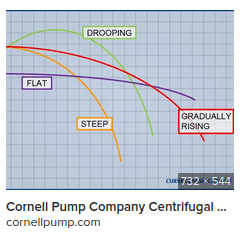Loghman_ra
Electrical
- Mar 31, 2023
- 5
Hello Fellows
I have a case to discuss,
we have a 11kV submersible motor , 1000kW.
it is asked to use soft starter for starting.
there is 2 limitation:
1- the submersible pump shall reach half nominal speed in less than 5 second which is due to mechanical requirement of the pump,
2- we are trying to restrict the starting current less than 350% or if possible 300%,
the motor/pump data is not finalized yet, some supplier propose VFD instead of Soft starter but we want to realize if SS is possible also or not?
then please share your experience for similar case.
BR
I have a case to discuss,
we have a 11kV submersible motor , 1000kW.
it is asked to use soft starter for starting.
there is 2 limitation:
1- the submersible pump shall reach half nominal speed in less than 5 second which is due to mechanical requirement of the pump,
2- we are trying to restrict the starting current less than 350% or if possible 300%,
the motor/pump data is not finalized yet, some supplier propose VFD instead of Soft starter but we want to realize if SS is possible also or not?
then please share your experience for similar case.
BR

